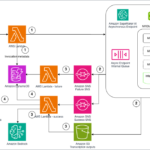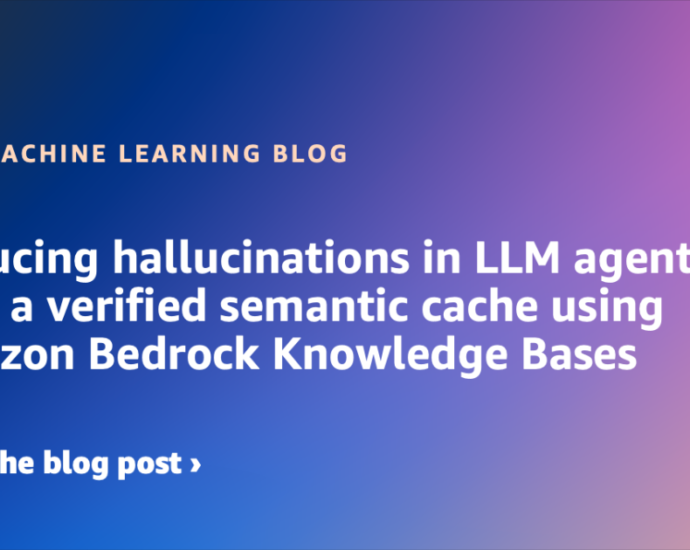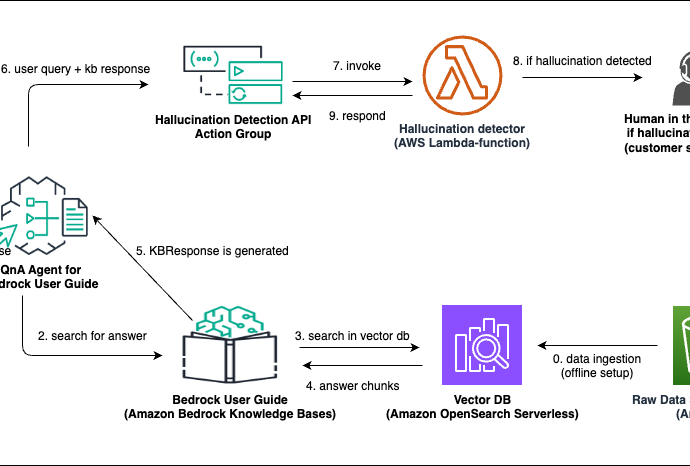Amazon Bedrock Model Distillation: Boost function calling accuracy while reducing cost and latency | Amazon Web Services
Amazon Bedrock Model Distillation is generally available, and it addresses the fundamental challenge many organizations face when deploying generative AI: how to maintain high performance while reducing costs and latency. This technique transfers knowledge from larger, more capable foundation models (FMs) that act as teachers to smaller, more efficient modelsContinue Reading














